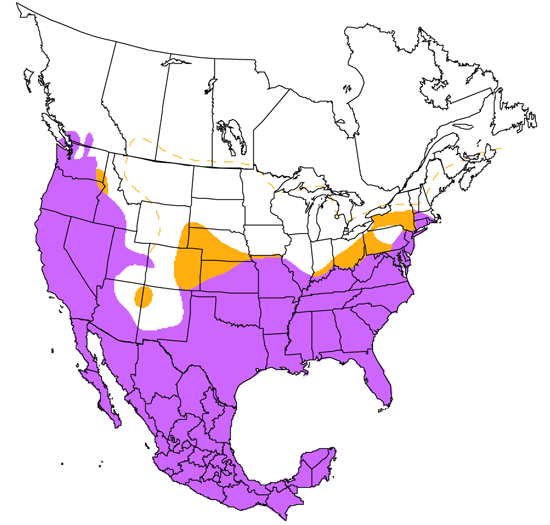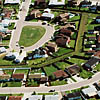Barn Owl
Tyto alba

Owls

Length: 16 in. (41 cm )
Active only at night, this ghostly species is most likely to be seen during the daylight hours at its roosting sites in old buildings, under palm leaf skirts, caves, or mines in open forests, grasslands, and near agricultural fields. This species also occurs around the world in a wide variety of habitats. It nests in rafters of old barns, cliff edges, mines and nest boxes when available. The number of young is apparently determined by prey abundance during the preceding winter. Its prey are mostly mice, but also reptiles, frogs and insects, all of which are located primarily by hearing at night.
The four-digit banding code is BNOW.
Bibliographic details:
- Article: Barn Owl
- Author(s): Dr. Biology
- Publisher: Arizona State University School of Life Sciences Ask A Biologist
- Site name: ASU - Ask A Biologist
- Date published:
- Date accessed:
- Link: https://askabiologist.asu.edu/activities/bird/barn-owl
APA Style
Dr. Biology. (). Barn Owl. ASU - Ask A Biologist. Retrieved from https://askabiologist.asu.edu/activities/bird/barn-owl
Chicago Manual of Style
Dr. Biology. "Barn Owl". ASU - Ask A Biologist. . https://askabiologist.asu.edu/activities/bird/barn-owl
Dr. Biology. "Barn Owl". ASU - Ask A Biologist. . ASU - Ask A Biologist, Web. https://askabiologist.asu.edu/activities/bird/barn-owl
MLA 2017 Style
Be Part of
Ask A Biologist
By volunteering, or simply sending us feedback on the site. Scientists, teachers, writers, illustrators, and translators are all important to the program. If you are interested in helping with the website we have a Volunteers page to get the process started.





